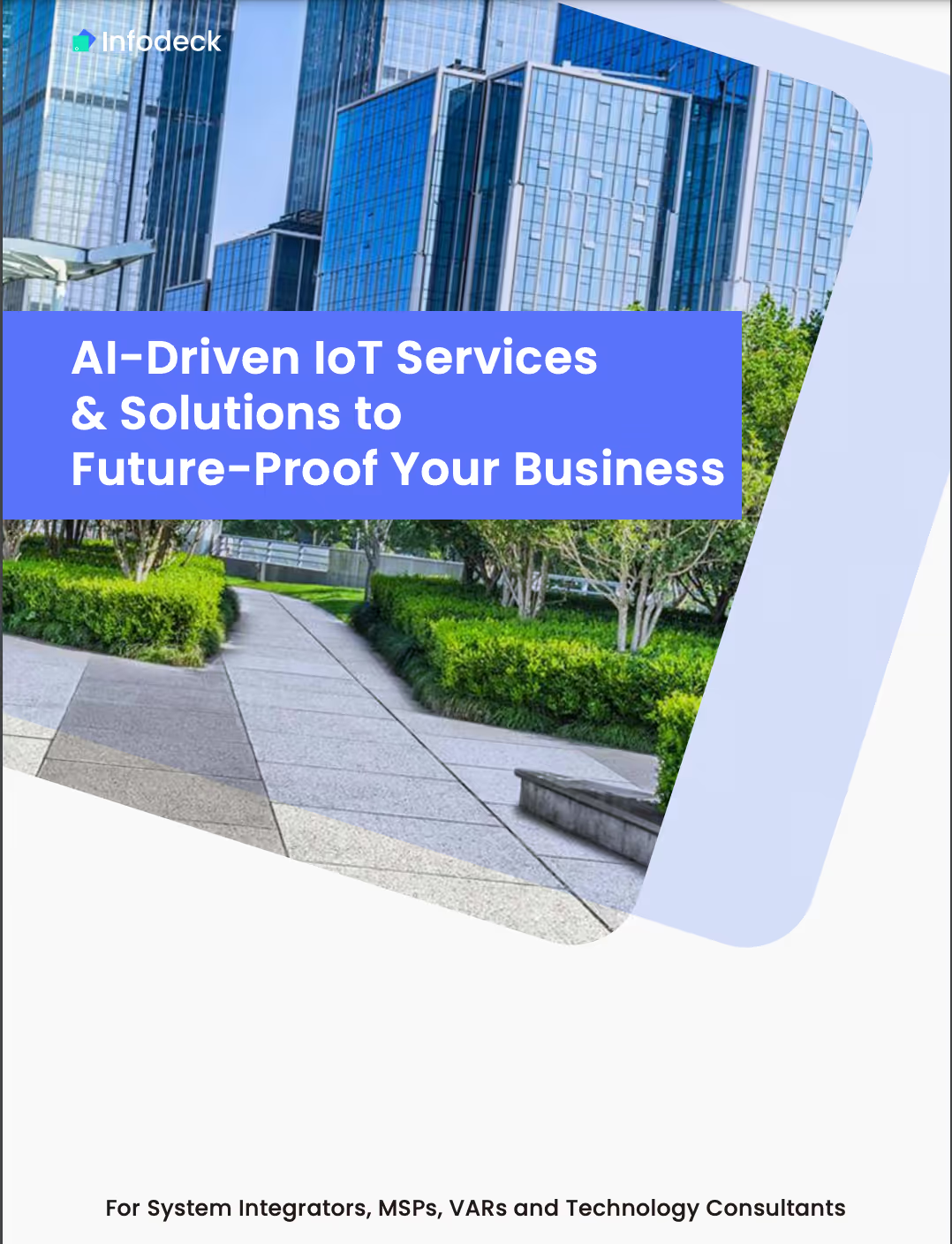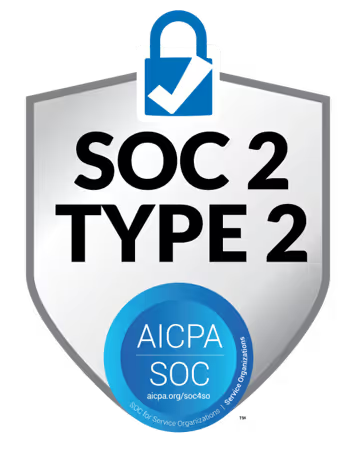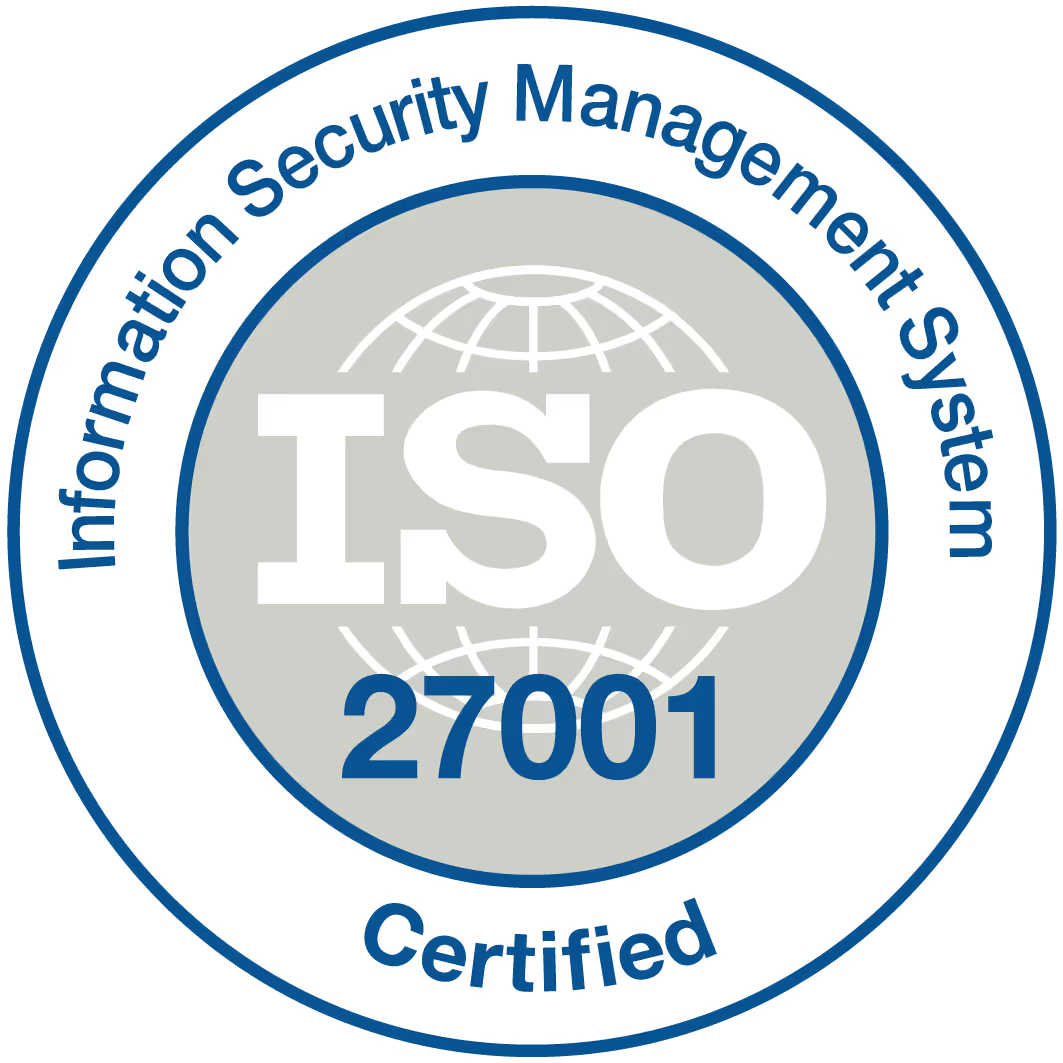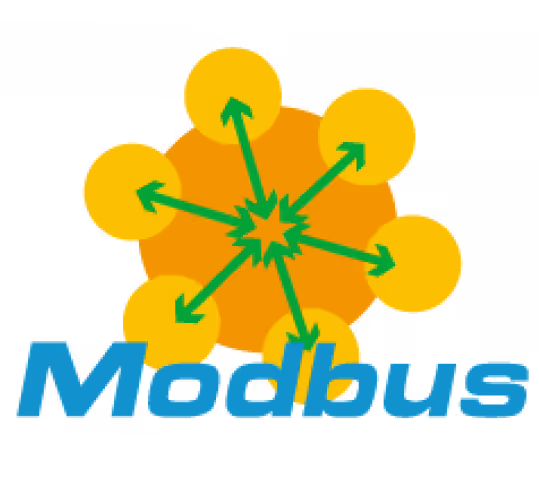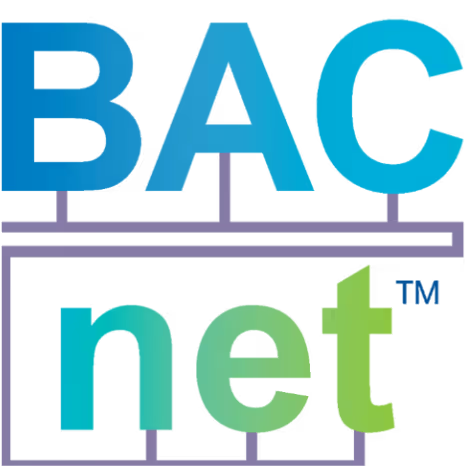Environmental, social, and governance (ESG) factors are important when it comes to making investment decisions. Many people don't realise, however, that the Internet of Things (IoT) can play a big role in ESG compliance. In this blog post, we'll explore why IoT is necessary for ESG and how it can help organisations meet their compliance goals.
What is IoT and what are its benefits for ESG initiatives
IoT, or the Internet of Things, is a network of physical devices, vehicles, buildings and other items that are embedded with electronics, software, sensors and connectivity enabling them to collect and exchange data. The IoT allows organisations to manage environmental, social and governance (ESG) initiatives in a more efficient and effective way by providing real-time data that can be used to improve sustainability efforts. For example, energy usage data collected fromIoT sensors can be used to optimise building energy use, leading to lower emissions and reduced costs. Additionally, the IoT can be used to monitor water usage and waste production, allowing for better management of water resource sand waste reduction. Ultimately, the IoT provides organisations with the ability to collect crucial data that can be used to improve ESG initiatives and make more informed decisions about sustainability efforts.
How does IoT help reduce environmental impact
The Internet of Things, commonly referred to as IoT, is a system of interconnected devices and sensors that collect and share data. By gathering information about energy use, weather patterns, and traffic levels, IoT devices can help to optimise efficiency and reduce waste. For example, Smart Thermostats can learn about a household's heating and cooling habits and make adjustments to save energy.Similarly, IoT-enabled traffic lights can adjust their timing based on the flow of traffic, reducing congestion and saving fuel. In addition to saving resources, IoT devices can also help to reduce emissions by providing real-time data that can be used to make more informed decisions about energy use. As more businesses and households adopt IoT technology, the potential for reducing environmental impact is considerable.
How does IoT help improve social responsibility
Social responsibility is a broad term that can refer to many different actions and initiatives. At its core, social responsibility is about making sure that people and businesses are acting in a way that benefits society as a whole.This can include everything from reducing pollution to supporting local charities. Traditionally, social responsibility has been seen as the domain of governments and NGOs. However, with the rise of the Internet of Things (IoT),businesses are starting to play a more active role. By embedding sensors and other devices into products and infrastructure, businesses can collect data that can be used to improve social welfare. For example, IoT sensors can be used to track air pollution levels, identify areas of high water consumption, or monitor energy use. This data can then be used to help businesses make more sustainable decisions. In this way, IoT is helping to improve social responsibility.
How does IoT help with financial performance
The IoT can help with financial performance in a number of ways. First, it can help to improve operational efficiency and reduce costs. For example, by tracking inventory levels and usage patterns, businesses can order supplies more efficiently and avoid waste. In addition, the IoT can also help to generate new revenue streams. For instance, by collecting data on customer behaviour, businesses can develop targeted marketing campaigns and new pricing models.Finally, the IoT can help to mitigate risk. For example, by monitoring financial transactions in real time, businesses can detect fraud and protect against financial losses. In short, the IoT is a powerful tool that can help businesses to improve their financial performance.
How does IoT help with policymaking and the distribution of rights and responsibilities in corporations
The internet of things, or IoT, is a term used to describe the growing network of physical objects that are linked to the internet. These objects can include everything from wearable devices to connected appliances. A forecast by International Data Corporation (IDC) estimates that there will be 41.6 billion IoT devices in 2025, capable of generating 79.4 zettabytes (ZB) of data worldwide.While the IoT brings many benefits, it also raises important questions about data privacy and security. One way that IoT is helping to address these issues is by providing data that can be used to inform policymaking. For example, data gathered by IoT devices can be used to track environmental pollutants, map traffic patterns, and monitor energy use. This information can then be used to develop policies that aim to improve public health and safety. The IoT can also help to distribute rights and responsibilities within corporations. For example, an employee who is responsible for maintaining a company's IT and data infrastructure can use IoT devices to monitor the equipment and make sure that it is operating correctly. This helps to ensure that the company's data is protected and secure. The IoT can thus play an important role in both policymaking and the distribution of rights and responsibilities within corporations.
Author’s note:
The benefits ofIoT for ESG initiatives are clear. By bringing together data from disparate sources, organisations can make better decisions about their environmental and social impact. With the help of smart applications, they can also automate many processes to improve governance. Are you already using IoT in your organisation? If not, now is the time to start!

.png)


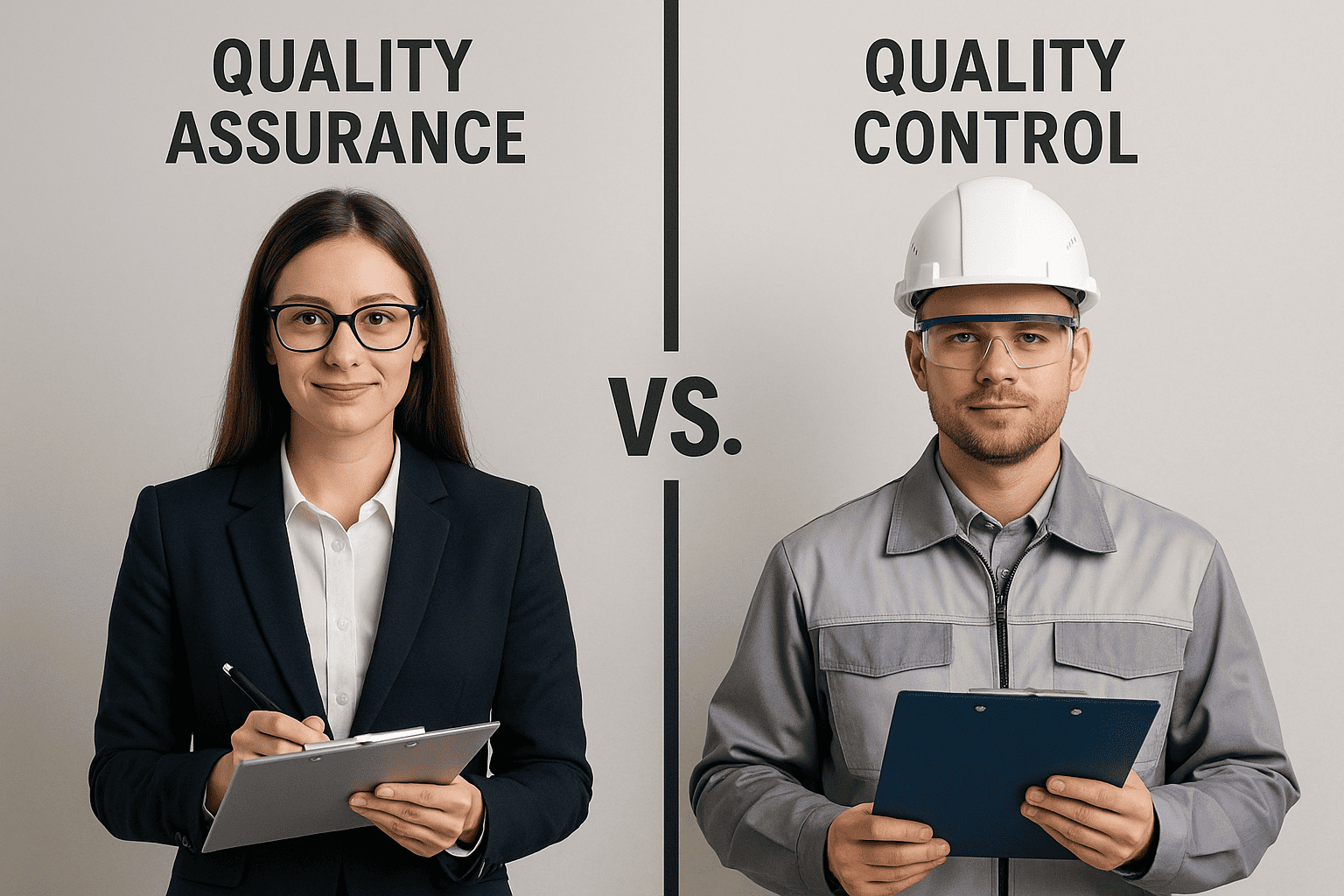
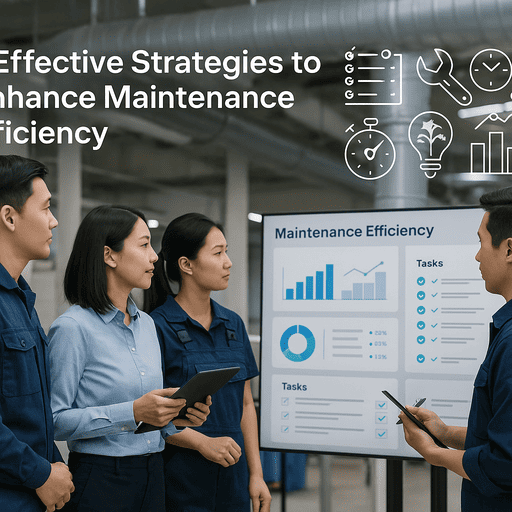
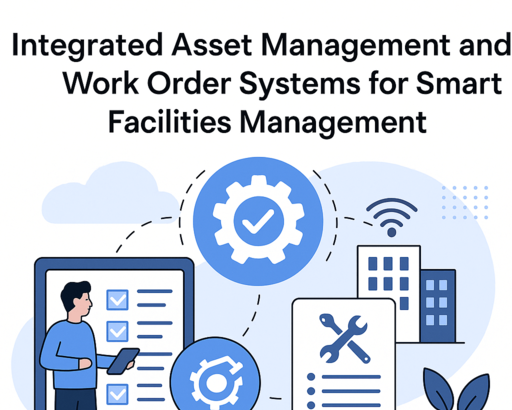
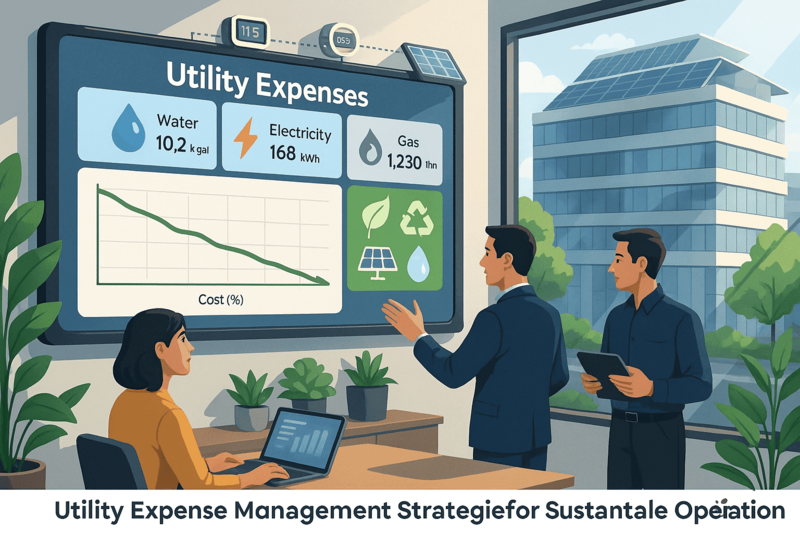



.png)



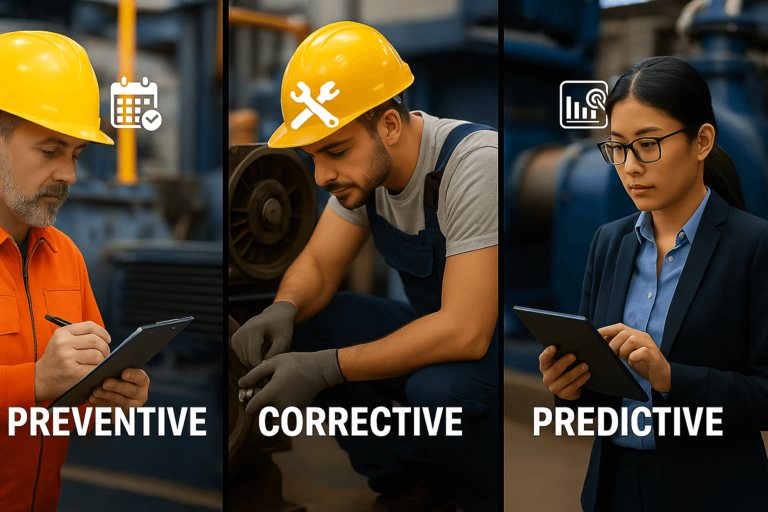
.png)
















.jpeg)








